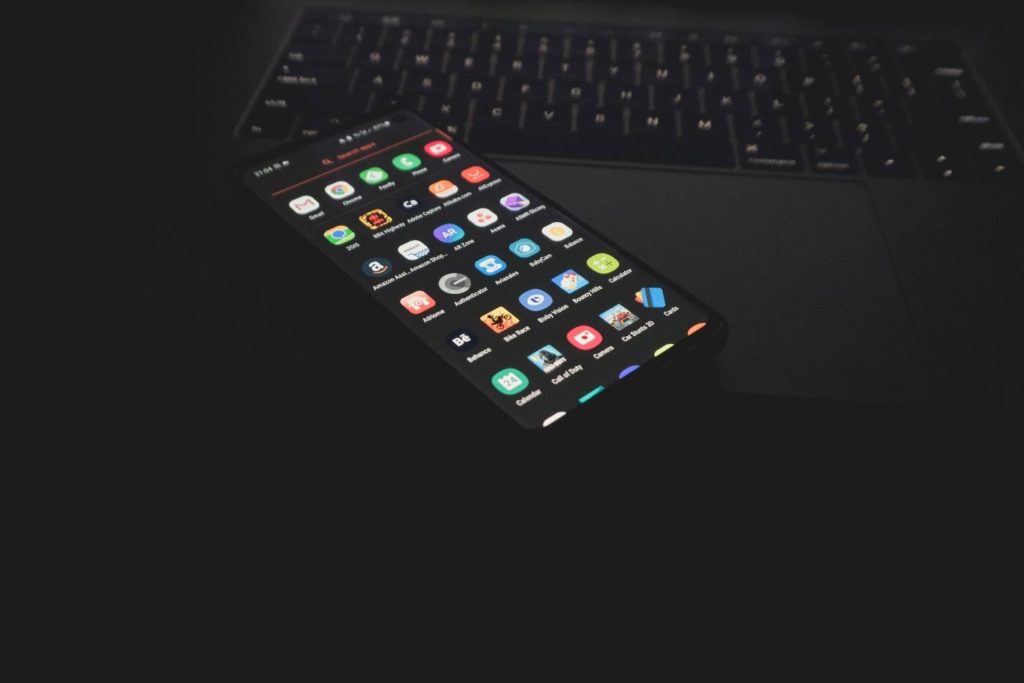Smartphones have invaded almost every aspect of our technological innovation. There is an increase in the number of smartphone choices as well as an increase in the number of people buying smartphones
The Pew Center for Research has reported that 95 percent of adult residents in the United States own a mobile phone, with 77 percent of those persons owning a smartphone. From a marketing perspective, it’s evident that a good 17% of this group have not yet updated to a smartphone – and so constitute a potentially extremely lucrative marketing opportunity.
It might be difficult to choose from such a wide range of smartphones, so it’s always a better decision to figure out from smartphones buying guide that can help you to choose the best phone in your budget.
In This Article
Tips Before Buying a Smartphone
What are your Priorities?
Are we talking about the display’s resolution or its size? How good is the camera? How long does the battery last? There are fewer options to choose from now. In terms of camera quality, smartphones such as the iPhone 13 Pro, can compete with the quality of a DSLR. If you’re a photographer, it makes sense to invest money on this. If you don’t, you may save a lot of money.
Cellphones from the Previous Year:
They may sometimes be a fantastic bargain as well. Wait until this year’s release to save money on last year’s phone, since retailers and service providers may be looking to get rid of their old stock.
Verify your Current Investment Status:
Have you purchased many iPhone applications or iTunes movies? If you want to keep using them, stick with the iPhone. In the same way, if you’ve spent a lot of money on Android applications, you’ll want to stick with it. Otherwise, switching platforms is an easy process.
Take Advantage of the Current Discounts:
During key holidays, such as Amazon’s Prime Day, look for substantial discounts and promotional bargains. Also, find out how long you have to return or replace anything if the need arises.
Mid-Priced Items are not to be Ignored:
The midrange phones of this year often inherit the best features of previous year’s flagships. For a fraction of the cost of a luxury phone, you can have a wonderful mobile that does almost everything. Pixel 6 Pro has a great zooming camera, but the Pixel 6 offers much of the same important specifications and a lower price.
Hold the phone first:
In person, you may either like or despise the way it seems and feels.
Purchase a case and a screen protector:
In addition to preventing damage, you’ll be able to get more money for your phone if you ever decide to sell it or trade it in.
Features Need to Consider
Battery
Do you often have many applications open at the same time? Do you often use video-streaming applications or play games? Online use quickly depletes batteries. If you are one of these people, buy a phone having long-lasting battery.
Memory
Phones with more RAM will be speedier, while those with more ROM has more storage. 2 GB of RAM with 16 GB of internal storage is suffice for the majority of users. For heavy users, go for a phone with 3-4 GB RAM with 64GB ROM. An SD memory card may be used to expand your ROM, but keep in mind that programmes saved on memory cards seem to be slower.
Camera
Phone cameras are a hot topic, with vendors competing to deliver the most megapixels. More megapixels don’t always translate to better photographs. Aside from megapixels, decent images depend on ISO, aperture, and focusing speed. A 12 to 16 MP camera with an f/2.0 or smaller aperture is ideal for taking photos in low light. If you rarely use your phone’s camera, an 8 to12 MP camera with an f/2.2 aperture be enough.
Processor
Processors, like smartphone cameras, are surrounded by jargon like quadcore, octacore, Snapdragon, MediaTek, etc. Here’s a rule of thumb. Examine the processing speed represented in GigaHertz (GHz). The faster processor has better speed. You’ll need a quicker CPU if you’ll be editing photos or videos, or playing games online.
Display
A smartphone with a 5.5–6-inch HD or QHD screen is optimal. This allows you to enjoy rich media while yet fitting in the pocket or handbag.
Operating system
There are just two OS options: Android or iOS. If you choose iOS, you automatically get an iPhone. Other phone manufactures use Android OS. But it comes in a bewildering variety of names and forms. Manufacturers often change the Android OS to add features, which might result in bloatware and slow down the phone. So, test the phone before buying.
Cost
As previously said, smartphone prices vary substantially. Obviously, higher-end processors, memory, cameras, and displays tend to cost more.
Conclusion
Buying a smartphone doesn’t have to be risky or stressful. It’s only a question of determining your goals and the finest accessible possibilities in the present market. What variables do you consider while purchasing a new smartphone?




